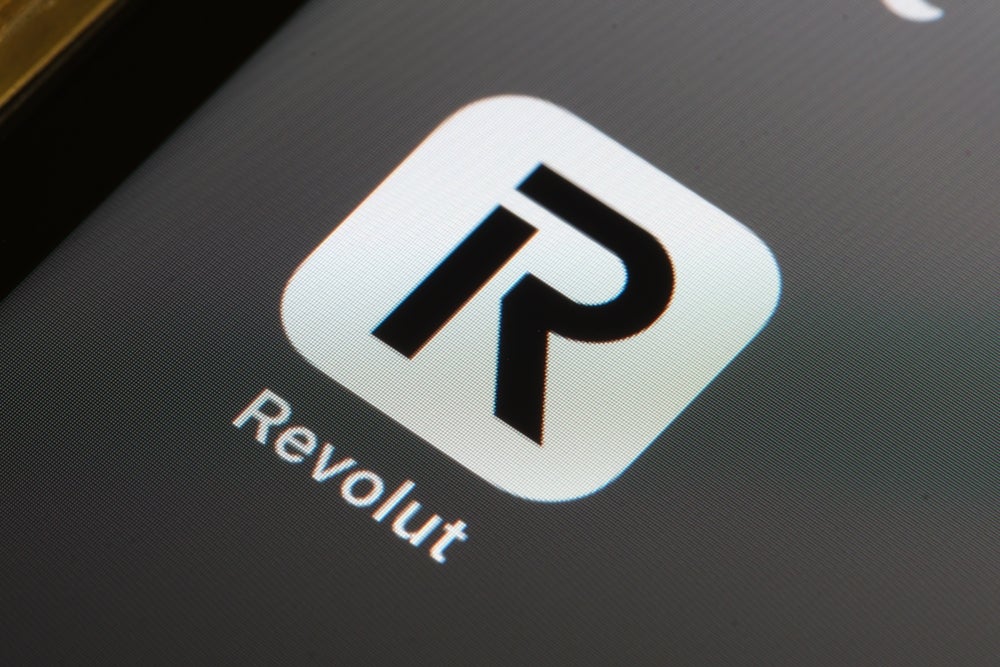
Douglas Blakey is Group Editor, Consumer Finance at Timetric Financial Services, having previously been editor of Retail Banker International and Bank Marketing International.
Douglas practised as a solicitor in Scotland before moving into business information. He maintains an editorial advisory board of leading bank CEOs and is a regular guest banking analyst with BBC radio and TV, New Statesman and other leading media.
Another day, another set of annual bank results and more news of bank staff cuts.
News that ING will axe a further 2,400 jobs understandably attracted news headlines throughout Europe.
The real headline-grabber for me from ING’s results was the savings it is forecasting as a result of the major shift in customer behaviour towards internet and mobile banking.
How well do you really know your competitors?
Access the most comprehensive Company Profiles on the market, powered by GlobalData. Save hours of research. Gain competitive edge.

Thank you!
Your download email will arrive shortly
Not ready to buy yet? Download a free sample
We are confident about the unique quality of our Company Profiles. However, we want you to make the most beneficial decision for your business, so we offer a free sample that you can download by submitting the below form
By GlobalDataING forecasts that it will achieve savings of around 1bn by 2015 as a result of further growth in digital banking use.
ING Chief Financial Officer Patrick Flynn told Reuters: "Customers are rapidly moving towards more digital environments, more online usage and less of the traditional approach, and we have to respond to that.
"Our more traditional retail entities in the Netherlands and Belgium are moving in the same direction now."
ING’s digital banking statistics are impressive.
Around 84% of all customer transactions were made online in 2012, up from 57% in 2008.
Mobile banking transactions almost trebled from 9m visits a month in 2011 to 25m visits a month in 2012.
Lastly, ING said that 60% of sales of lending and saving products were conducted via the internet.
Expect more consumer press headlines about bank branch closures and bank staff redundancies.
Further job losses at ING will follow as night follows day.
To remain competitive, traditional high street retail banks in mature markets will be making similar announcements to the one released this week by ING. For banks that get their digital banking strategies correct, the savings will, as at ING, be significant.







